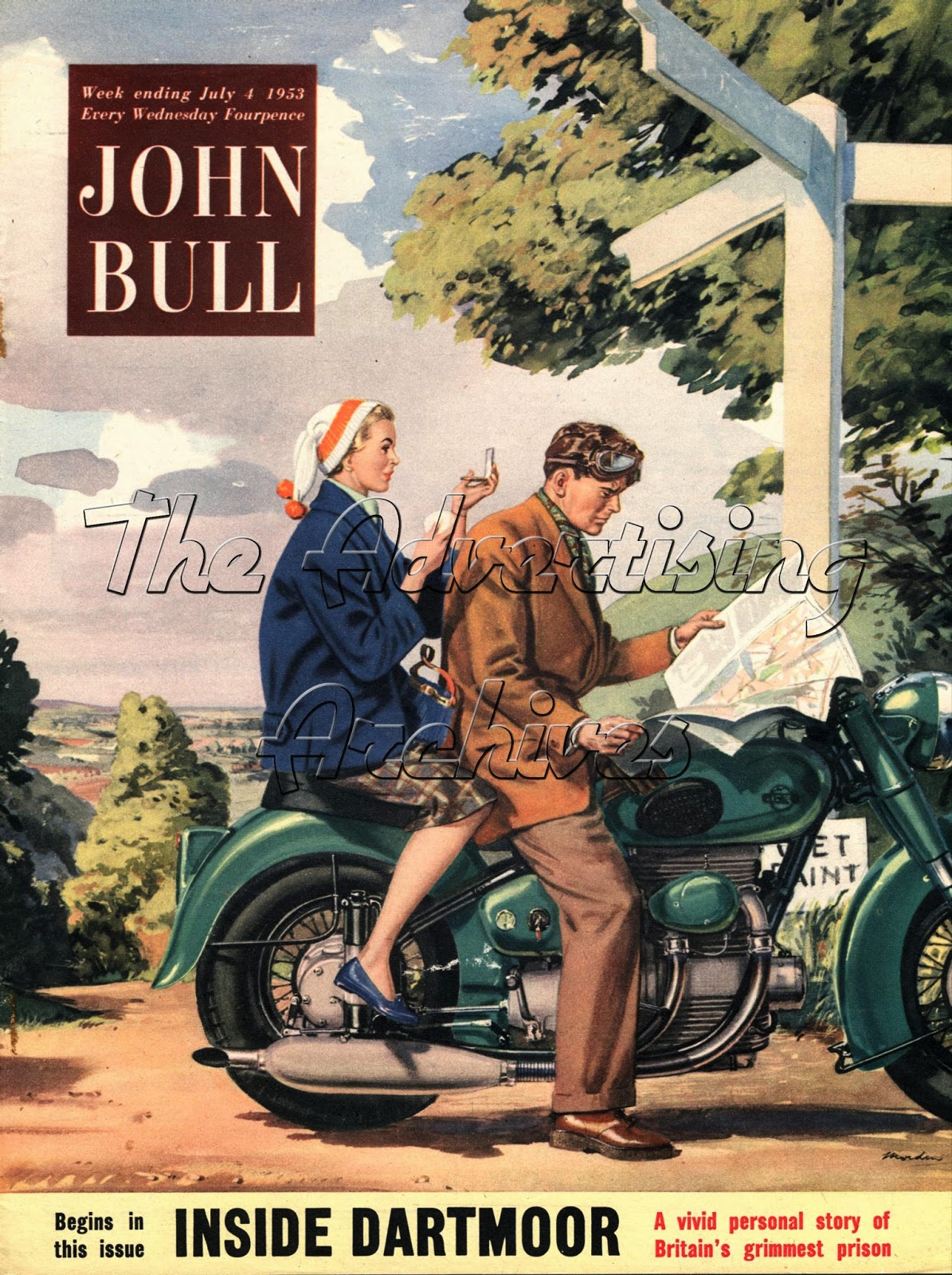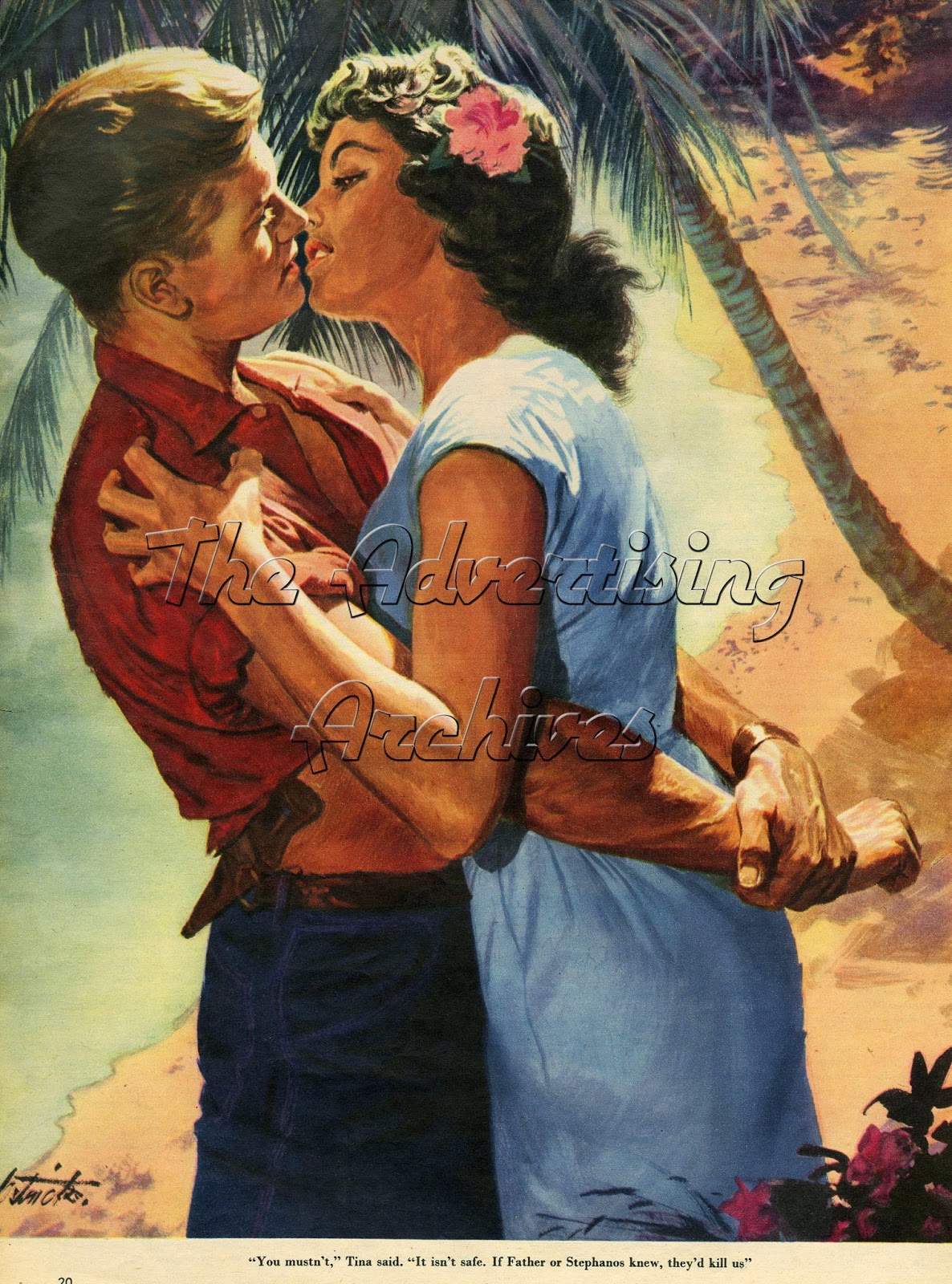It was a popular periodical that continued in production through July 1892. Titles with the same name were being published at least until 1957. A magazine of that name was reportedly being published in 1899 and 1903. Horatio Bottomley an MP for the Liberal Party,[8] became the publisher of the magazine on 12 May 1906. It continued production during the First World War.[9] It was the subject of a libel case in 1919 concerning a biographical film about David Lloyd George.[10]In 1920, the company was merged into Odhams Press.[11] In 1923, the magazine was said to be 'ultra patriotic'.[12] Around that time, the editor was Geoffrey Williamson.[13]The magazine was in print in 1931,[14] 1939 and 1944[15]The magazine was published by Odhams from the late 1940s to the early 1960s. Similar in style to the iconic American magazine The Saturday Evening Post, the John Bull covers encapsulated post-war Britain and employed some of Britain's finest illustrators. They also included short stories by major British authors such as H. E. Bates, Agatha Christie, Nicholas Monsarrat, N. J. Crisp, Gerald Kersh, J. B. Priestley and C. S. Forester. During its run it incorporated other magazines such as The Illustrated, Passing Show, News Review and Everybody's Weekly. At one point, its picture editor was Elkan Allan;[16] John Sandilands also worked for it[17]
End of publication
Following a sharp drop in circulation, the magazine was renamed Today, The New John Bull in 1960. It attempted to appeal to a younger readership with features on aspects of youth culture, such as rock and roll. In 1964, its circulation was just over 700,000, but advertising revenue did not meet its costs, and it was closed.[18] Officially, it was merged with Weekend magazine.[19]
































































































































